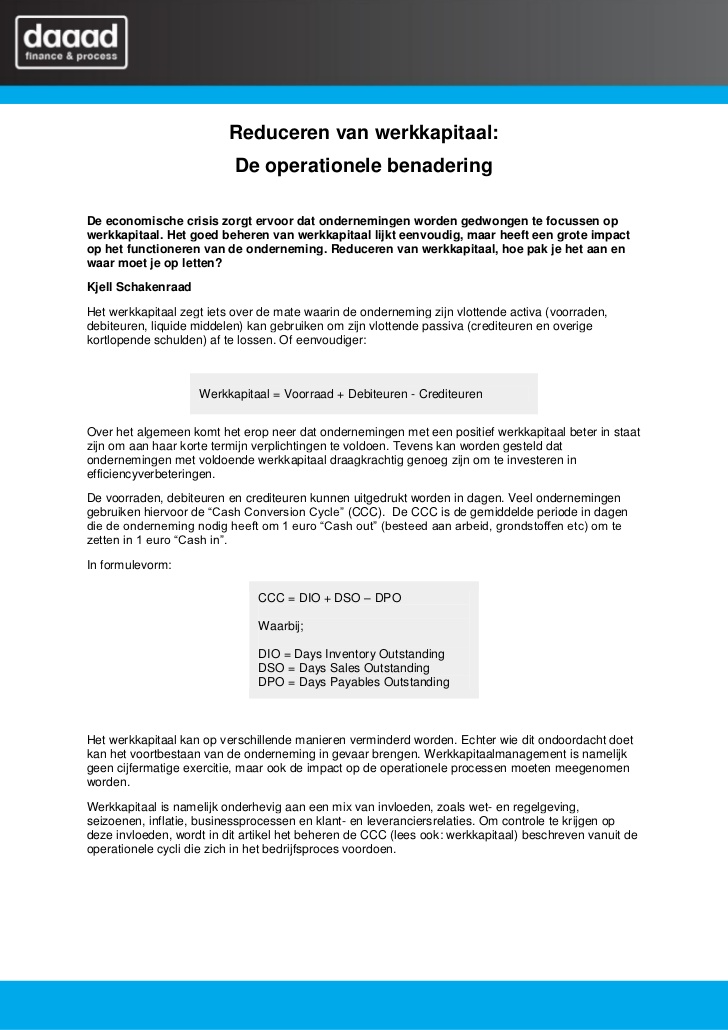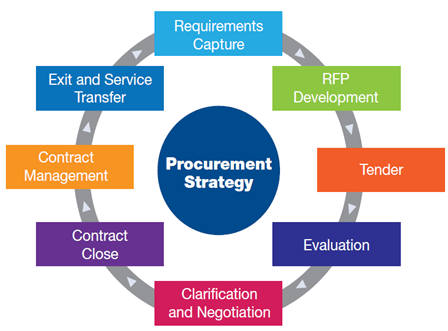
Coders can use GenAI to handle much of the work and then use their skills to fine-tune and refine the finished product — a partnership that not only saves time but also allows coders to focus on where they add the most value. He said research has found, for example, that students sometimes are more comfortable asking chatbots questions about lessons rather than humans. “The students are worried that they might be judged or be thought of as stupid by asking certain questions. But with AI, there is absolutely no judgment, so people are often actually more comfortable interacting with it.” On the business side, data shows that executive embrace of AI is nearly universal. A 2024 “AI Report” from UST, a digital transformation software and services company, found that 93% of the large companies it polled said AI is essential to success. Artificial intelligence is already having a profound effect on society, an impact that promises to become even greater as the technology becomes more sophisticated.
- When making sensitive decisions, humans inherently consider the emotional ramifications.
- In terms of AI advances, the panel noted substantial progress across subfields of AI, including speech and language processing, computer vision and other areas.
- By 2030, tasks that account for up to 30 percent of hours currently being worked in the U.S. economy could be automated — with Black and Hispanic employees left especially vulnerable to the change — according to McKinsey.
- We now have people who do work in a wide variety of different areas who are rightly considered AI experts.
- Even the most interesting job in the world has its share of mundane or repetitive work.
- While AI algorithms aren’t clouded by human judgment or emotions, they also don’t take into account contexts, the interconnectedness of markets and factors like human trust and fear.
disadvantages of AI
Online media and news have become even murkier in light of AI-generated images and videos, AI voice changers as well as deepfakes infiltrating political and social spheres. These technologies make it easy what is net profit net profit calculation to create realistic photos, videos, audio clips or replace the image of one figure with another in an existing picture or video. As a result, bad actors have another avenue for sharing misinformation and war propaganda, creating a nightmare scenario where it can be nearly impossible to distinguish between credible and faulty news.

Risks and Dangers of Artificial Intelligence (AI)
This leads us to limited understanding of the bias or faults AI can cause. In the United States, courts started implementing algorithms to bookkeeping vs accounting determine a defendant’s “risk” to commit another crime, and inform decisions about bail, sentencing and parole. The problem is such that there is little oversight and transparency regarding how these tools work. Substantial advances in language processing, computer vision and pattern recognition mean that AI is touching people’s lives on a daily basis — from helping people to choose a movie to aiding in medical diagnoses. With that success, however, comes a renewed urgency to understand and mitigate the risks and downsides of AI-driven systems, such as algorithmic discrimination or use of AI for deliberate deception. Computer scientists must work with experts in the social sciences and law to assure that the pitfalls of AI are minimized.
Help Liberties stand up to Tech Giants and Big Brother governments
By nearly all accounts, AI comes with both advantages and disadvantages, which individuals and organizations alike need to understand to maximize the benefits this technology brings while mitigating the negatives. Yet enterprise leaders are also weighing the benefits and drawbacks of AI. They’re reporting productivity and efficiency gains, but they’re also grappling with data privacy, security and ethical challenges as they deploy AI in their organizations.
To deliver such accuracy, AI models must be built on good algorithms that are free from unintended bias, trained on enough high-quality data and monitored to prevent drift. But when asked if AI will be good or bad for them personally, only 32% said it will make things better, and 22% said it would make things worse. Moreover, negative feelings about AI increased since last year, with 37% of respondents expressing worry (up from 32%), 28% feeling anxious about AI (up from 23%) and 23% reporting they were scared (up from 19% in 2023). As a watchdog organisation, Liberties reminds politicians that respect for human rights is non-negotiable. We’re determined to keep championing your civil liberties, will you stand with us? Like you, we’re angry our human rights are sacrificed so Big Tech corporations can maximize their profits.
AI-powered job automation is a pressing concern as the technology is adopted in industries like marketing, manufacturing and healthcare. By 2030, tasks that account for up to 30 percent of hours currently being worked in the U.S. economy could be automated — with Black and Hispanic employees left especially vulnerable to the change — according to McKinsey. Goldman Sachs even states 300 million full-time jobs could be lost to AI automation. To make matters worse, AI companies continue to remain tight-lipped about their products.
This could be things like entering and analyzing data, generating reports, verifying information, and the like. Using an AI program can save humans from the boredom of repetitive tasks, and save their energy for work that requires more creative energy. Artificial Intelligence is a branch of computer science dedicated to creating computers and programs that can replicate human thinking. Some AI programs can learn from their past by analyzing complex sets of data and event production improve their performance without the help of humans to refine their programming. If AI algorithms are biased or used in a malicious manner — such as in the form of deliberate disinformation campaigns or autonomous lethal weapons — they could cause significant harm toward humans.
Investors can take the AI a step further by implementing Portfolio Protection. This uses a different machine learning algorithm to analyze the sensitivity of the portfolio to various forms of risk, such as oil risk, interest rate risk and overall market risk. It then automatically implements sophisticated hedging strategies which aim to reduce the downside risk of the portfolio. AI technology is also going to allow for the invention and many aids which will help workers be more efficient in the work that they do. All in all, we believe that AI is a positive for the human workforce in the long run, but that’s not to say there won’t be some growing pains in between. For example, the image processing AI in new cars which allows for automatic braking in the event of a potential crash.
